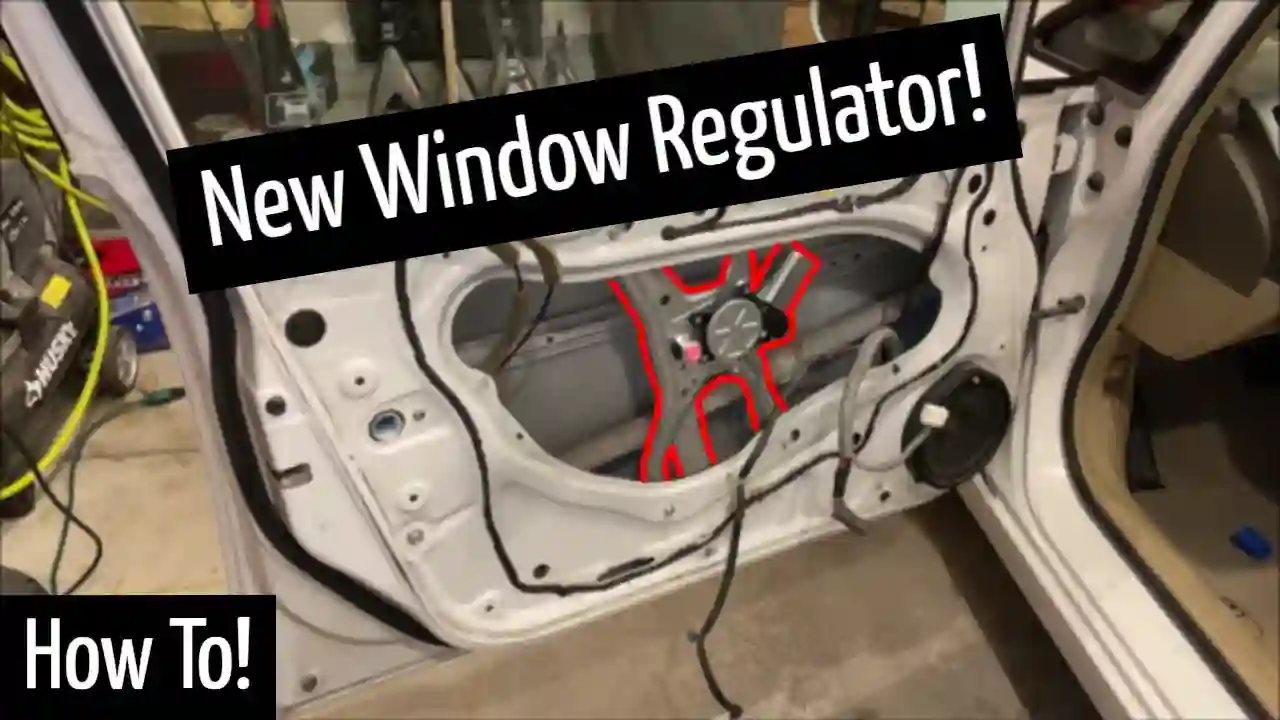Window Regulator Replacement: OEM vs. Aftermarket Parts
- 489 Views
- Nicholas Éric
- January 16, 2024
- Automotive
If you’ve ever had to replace a faulty window regulator in your car, you’ve likely faced the decision of choosing between original equipment manufacturer (OEM) and aftermarket replacement parts. This choice can significantly impact the cost, quality, and performance of the replacement. In this article, we’ll explore the differences between OEM and aftermarket window regulator parts, helping you make an informed decision when it’s time for a replacement.
Understanding OEM and Aftermarket Parts:
Before delving into the pros and cons of each option, it’s essential to understand what OEM and aftermarket parts are:
OEM (Original Equipment Manufacturer) Parts:
OEM parts are manufactured by the same company that produced the original components for your vehicle. These parts are identical to the ones installed at the factory and are often sold through authorized dealerships or their affiliated parts suppliers.
Aftermarket Parts:
Aftermarket parts are produced by third-party manufacturers and not affiliated with the vehicle’s original manufacturer. These parts are designed to fit and function like the OEM parts but may vary in terms of materials, quality, and price.
Pros and Cons of OEM Window Regulator Parts:
Pros:
- Quality Assurance: OEM parts are manufactured to the same standards as the original components, ensuring consistent quality and performance. They are designed specifically for your vehicle make and model.
- Exact Fit: OEM parts are an exact match for your vehicle, guaranteeing a perfect fit and compatibility with existing components. This minimizes the risk of installation errors.
- Warranty Coverage: Many OEM parts come with a warranty provided by the vehicle manufacturer or the dealership. This warranty typically covers defects and malfunctions, giving you added peace of mind.
- Preservation of Vehicle Value: Using OEM parts for repairs can help maintain the resale value of your vehicle, especially if you have a newer or high-end car. Potential buyers often prefer vehicles with genuine OEM components.
Cons:
- Higher Cost: OEM parts are generally more expensive than their aftermarket counterparts. The level of quality and precision comes at a premium price.
- Limited Availability: OEM parts may not be as readily available as aftermarket options, particularly for older or less common vehicle models.
Pros and Cons of Aftermarket Window Regulator Parts:
Pros:
- Affordability: Aftermarket parts are often more budget-friendly than OEM counterparts. This cost savings can be significant, especially for older vehicles or minor repairs.
- Variety and Availability: Aftermarket parts are widely available and come in a broad range of options, making it easier to find the specific part you need for your vehicle.
- Competition Drives Innovation: The competitive nature of the aftermarket parts industry can lead to innovations and improvements in product design and features.
- Customization: Aftermarket parts sometimes offer customization options, allowing you to choose parts that meet your specific preferences or performance requirements.
Cons:
- Quality Variation: The quality of aftermarket parts can vary widely, as they are produced by different manufacturers. Some aftermarket parts may not meet the same quality standards as OEM components.
- Fitment Issues: While many aftermarket parts are designed to fit a wide range of vehicles, there is a risk of fitment issues or compatibility problems. It’s crucial to verify that the part matches your vehicle’s specifications.
- Limited Warranty: Aftermarket parts may come with a limited or no warranty compared to the warranty coverage often offered with OEM parts.
- Potential Resale Impact: If you plan to sell your vehicle in the future, using aftermarket parts may not have the same positive impact on resale value as OEM components.
Factors to Consider When Choosing Between OEM and Aftermarket Window Regulator Parts:
- Vehicle Age and Value: For newer or higher-value vehicles, investing in OEM parts may be a wise choice to preserve the vehicle’s value and performance. However, for older vehicles or those with lower resale value, aftermarket parts can provide a cost-effective solution.
- Budget: Consider your budget when making the decision. If the cost of OEM parts exceeds your budget or the vehicle’s value, aftermarket options may be more suitable.
- Quality: Research the reputation and reviews of aftermarket manufacturers to ensure you are selecting a reliable and high-quality part. Some aftermarket brands are known for producing components that meet or exceed OEM standards.
- Warranty: If warranty coverage is essential to you, check whether the aftermarket part comes with a warranty and what it covers. OEM parts typically come with warranty protection.
- Vehicle Usage: If your vehicle is primarily used for daily commuting and errands, aftermarket parts may suffice. However, if you rely heavily on your vehicle or demand precise performance, OEM parts may be a better choice.
- Availability: Determine the availability of both OEM and aftermarket parts for your specific vehicle model. In some cases, the availability of OEM parts may be limited for older or less common vehicles.
- Installation: Consider whether you or a professional mechanic will be installing the replacement part. If you’re confident in your ability to install the part correctly, aftermarket options may be more accessible. However, for complex installations, OEM parts can ensure a seamless fit.
Conclusion:
The decision between OEM and aftermarket window regulator parts ultimately depends on your specific circumstances, preferences, and priorities. While OEM parts offer consistent quality and compatibility, they come at a higher cost. Aftermarket parts provide affordability and variety but may require careful research to ensure quality and fitment.
To make an informed choice, consider your vehicle’s age and value, your budget, the quality and reputation of aftermarket manufacturers, warranty coverage, your vehicle’s usage, part availability, and your installation capabilities. By weighing these factors, you can select the option that best meets your needs and ensures a successful window regulator replacement.





